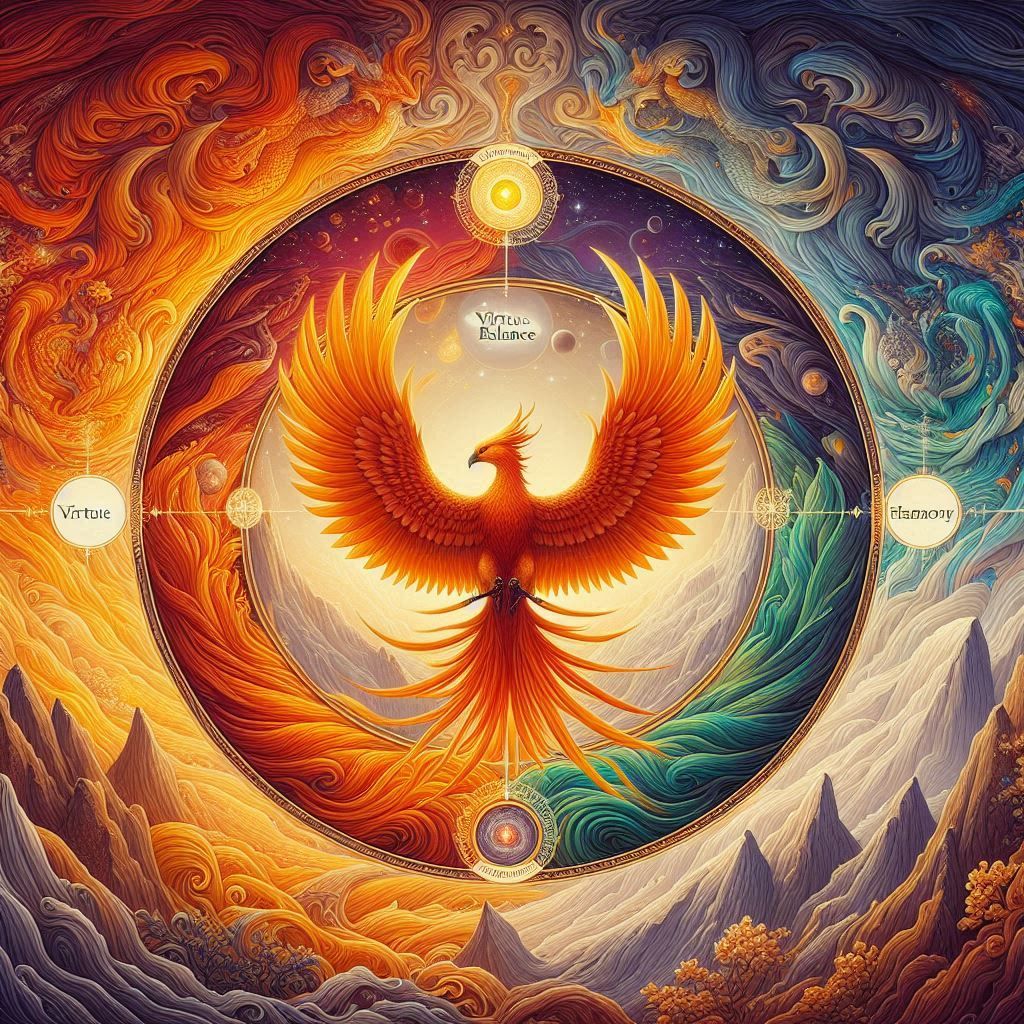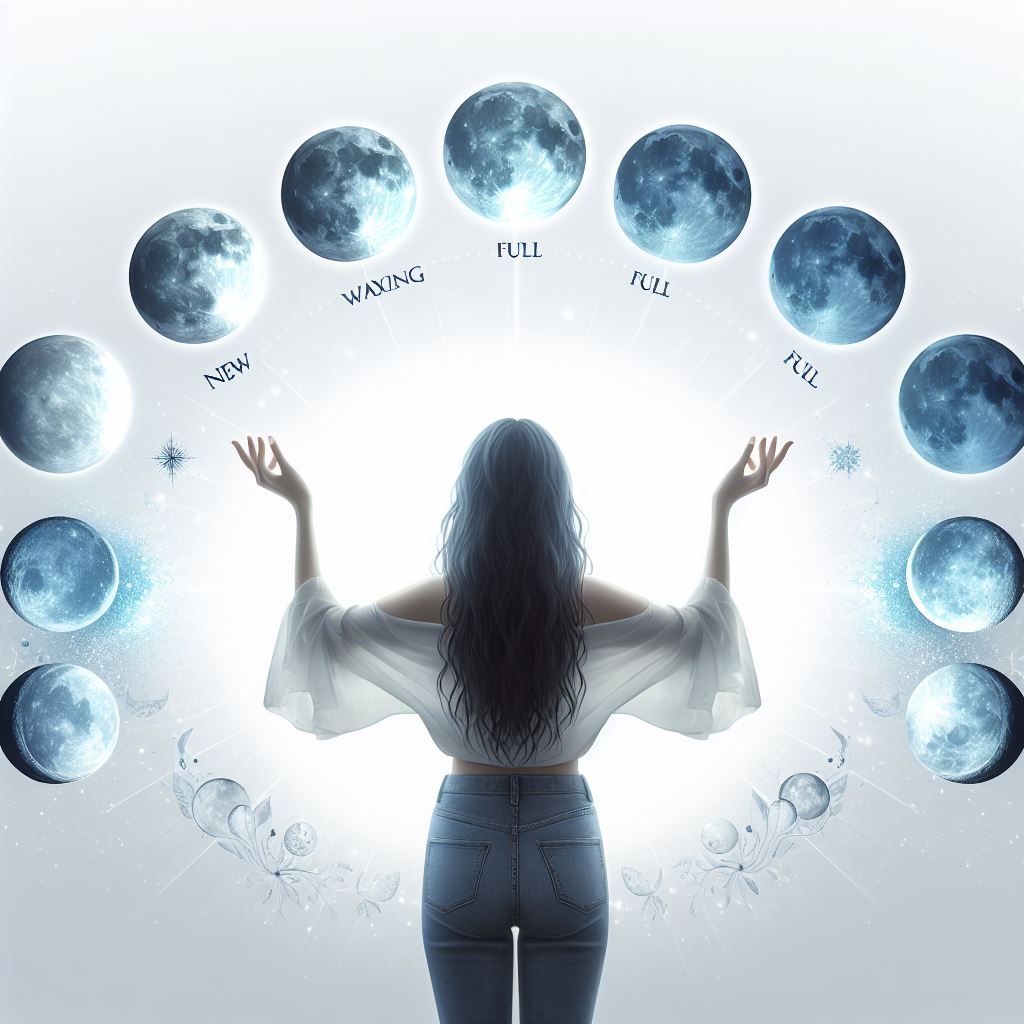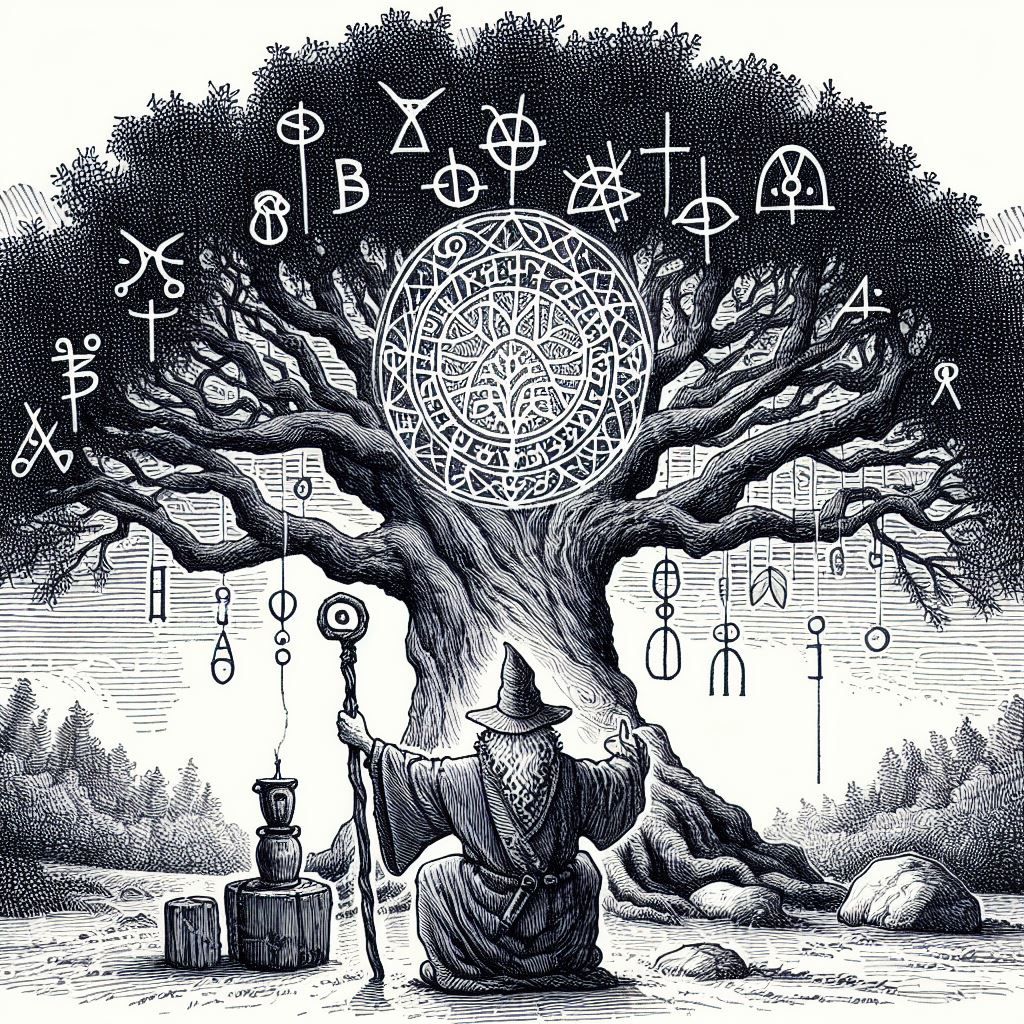My journey begins within, a quest to unveil the essence of who I am. It’s an exploration fueled by creative imagination, where I sculpt my ideal self and forge a world free from limitations imposed by circumstance. Guided by the Phoenix, rising from the ashes, to my ascend. Yet, I acknowledge the potential pitfall: becoming a prisoner of my own imagination, narrowly defining my potential.

Therefore, virtue becomes my guiding star. A life illuminated by virtue, where desires like “vase” become irrelevant, is a life truly blessed. This virtue endures through any hardship, transforming pressure into brilliance, each facet hardened by experience and radiating health.
This inward voyage doesn’t exist in isolation. The external world shapes my faith and destiny, a constant interplay between my inner compass and the shaping forces around me. Just as I strive to embody justice tempered by wisdom, I seek moderation in all things.
There is darkness within, but I won’t shy away from it. Virtue’s light will be my weapon, melting away vices in its radiant heat. Every intention must translate into action, for manifestation requires the bridge between thought and deed.
My goal: to manifest healing, weaving together wholeness, balance, harmony, and integrity in my being and actions. These qualities will rise to the surface as my life unfolds, a testament to the evolution of my perception.
Through unwavering action and focused thought, I will anchor myself firmly in this existence. My intentions will be my constant companions, woven into the fabric of my authentic self. Beyond rote memorization, experience and intuition will guide me, becoming the wellspring of wisdom.
I will learn to discern between the voice of my conditioned mind and that of my true self. Through this journey, I may discover insights that benefit not just myself, but humanity as a whole, contributing to the symphony of our collective evolution.
Starting today!
© Jurgens Pieterse. All rights reserved. 2024.




